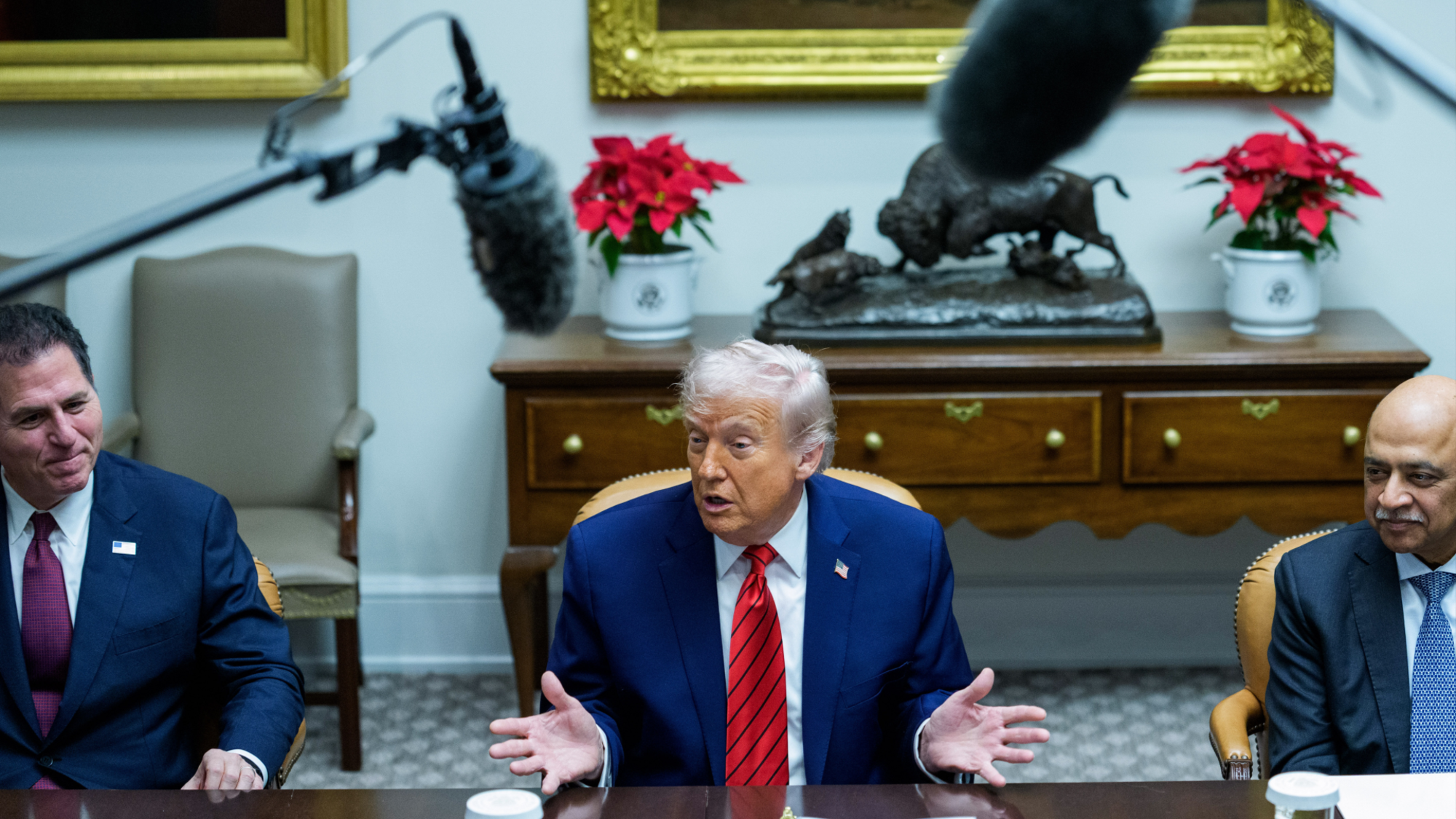The 'glimmer of hope' October jobs report: 5 takeaways
The U.S. economy adds fewer jobs than expected, but there are still auspicious signs

The feds' October jobs report, released Friday, actually offered some slightly encouraging news about the country's economic prospects. While just 80,000 jobs were added — not as many as expected — the report contained positive signs such as a slight drop in the unemployment rate, "adding a glimmer of hope that the job market" may be improving, says Aliyah Shahid at the New York Daily News. Here, five takeaways from the report:
1. The unemployment rate is now 9.0 percent
The 80,000 jobs added to the economy in October were "fewer than analysts had expected, as cuts in the government and construction sectors continued to weigh down the national economy," says Alana Semuels in the Los Angeles Times. Still, it was enough to bring the unemployment rate down a smidgeon, from 9.1 percent to 9.0 percent. That's "another signal that while the U.S. economy is certainly not in fighting shape, it is not quite in a coma either," says Steve Schaefer at Forbes.
The Week
Escape your echo chamber. Get the facts behind the news, plus analysis from multiple perspectives.

Sign up for The Week's Free Newsletters
From our morning news briefing to a weekly Good News Newsletter, get the best of The Week delivered directly to your inbox.
From our morning news briefing to a weekly Good News Newsletter, get the best of The Week delivered directly to your inbox.
2. Previous months were way better than we thought
The Friday report revised figures from August and September, and in a good way. It turns out that 158,000 jobs were added in September — much higher than the previously reported figure of 103,000. And 104,000 jobs were added in August. Remember, it was first reported that zero jobs had been added to the economy in August. Last month, the feds revised the August number to a 57,000 job-gain — and now they're upping it again, to 104,000. "I don't think there's any sign of a recession in this report," Moody's senior economist Ryan Sweet tells the Los Angeles Times. "Going forward, the labor market isn't booming, but I don't think there are any signs we're going to take a significant step back."
3. The private sector continues to fuel job growth
The private sector added 104,000 jobs in October, while 24,000 government jobs were lost. Since early 2010, when "employment hit bottom, the economy has added a total of 2.3 million jobs," notes The Economist. While the private sector has added 2.8 million jobs — mostly in retail, health services, education, and business services — the public sector has cut half a million.
A free daily email with the biggest news stories of the day – and the best features from TheWeek.com
4. There are other rays of hope
"Encouraging signs are tucked throughout the report," says The Economist. The U-6 measure of unemployment, which accounts for the underemployed and those marginally attached to the workforce, fell from 16.5 to 16.2 percent. The mean duration of unemployment fell from 40.5 weeks in September to 39.4 weeks in October. Average wages and hours worked also saw a slight uptick.
5. But it's still not enough
"Whatever encouragement might be found deep in the Labor Department's data," says Danielle Kurtzleben at U.S. News & World Report, "there is no question that getting the unemployment rate down to pre-recession levels, particularly at a time of anemic economic growth, will be a long and difficult slog." Economist say we need GDP growth of 4 to 5 percent to eventually bring the unemployment rate down to 6 percent, and the economy is currently only growing at about a 2 percent rate.
-
 What role will Trump play in the battle over Warner Bros. Discovery?
What role will Trump play in the battle over Warner Bros. Discovery?Today’s Big Question Netflix, Paramount battle for the president’s approval
-
 ‘The menu’s other highlights smack of the surreal’
‘The menu’s other highlights smack of the surreal’Instant Opinion Opinion, comment and editorials of the day
-
 Education: More Americans say college isn’t worth it
Education: More Americans say college isn’t worth itfeature College is costly and job prospects are vanishing